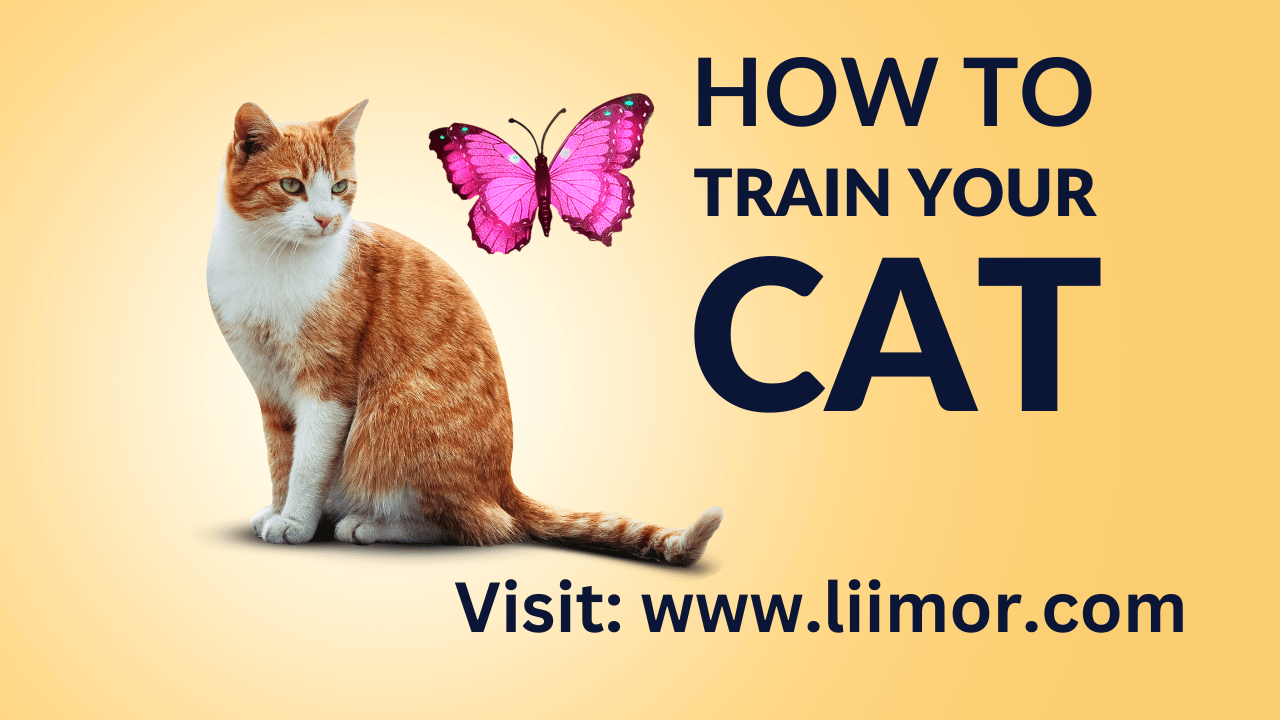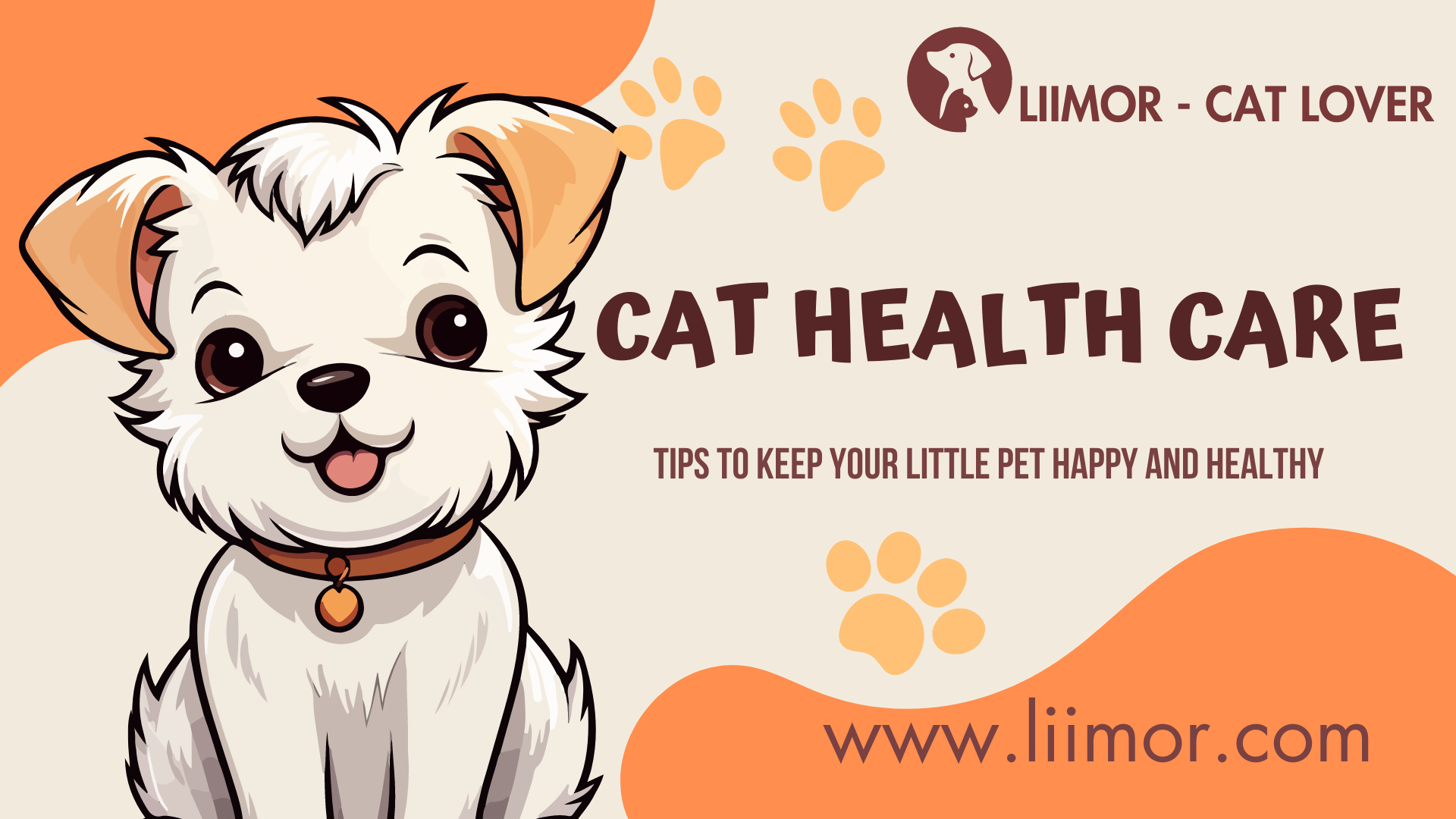Category
Popular Products
-
 Test Purpose (Not for Sale)
$4.87
Test Purpose (Not for Sale)
$4.87
-
 Test Purpose (Not for Sale)
Test Purpose (Not for Sale)
$1.00Original price was: $1.00.$0.01Current price is: $0.01. -
 Hanging Eagle Cat Toys The Perfect Playtime Accessory for Your Cat
Rated 4.83 out of 5$32.00
Hanging Eagle Cat Toys The Perfect Playtime Accessory for Your Cat
Rated 4.83 out of 5$32.00 -
 Automatic Lifting Motion Cat Toy
Rated 4.89 out of 5$25.89 – $32.71
Automatic Lifting Motion Cat Toy
Rated 4.89 out of 5$25.89 – $32.71 -
 Rechargeable Funny Cat Toy – Interactive & Long-Lasting Play for Cats
Rated 4.75 out of 5$27.61 – $52.07
Rechargeable Funny Cat Toy – Interactive & Long-Lasting Play for Cats
Rated 4.75 out of 5$27.61 – $52.07

The Ultimate Guide to Cat Food: Dry, Wet, Supplements, and Special Diets
Cats, our beloved companions, are known for their elegance, independent nature, and unique dietary needs. Feeding your cat properly is crucial for their overall health, well-being, and longevity. The market is saturated with various cat food options ranging from dry kibble to wet food, dietary supplements, and specialized diets catering to specific health requirements. Understanding the distinctions and knowing what’s best for your cat can be overwhelming. This comprehensive guide will cover everything you need to know about cat food, dry and wet food, dietary supplements, and special diets.
1. Understanding Basic Cat Nutrition
Before delving into different types of cat food, it’s essential to understand a cat’s fundamental nutritional requirements. Cats are obligate carnivores, meaning they rely on nutrients found in animal flesh to meet their dietary needs. Their primary nutritional requirements include:
- Proteins: Cats require a diet high in animal-based proteins. Amino acids like taurine, critical for a cat’s heart and vision, are only found in meat.
- Fats: Fats provide energy and contribute to healthy skin and coat. Omega-3 and omega-6 fatty acids are particularly important for immune and skin health.
- Vitamins and Minerals: Cats need a balanced intake of vitamins like A, D, and E, along with essential minerals like calcium, magnesium, and phosphorus.
- Water: Cats often do not drink sufficient water, so their food must provide moisture to prevent dehydration.
Now that we know the basics of what cats need, let’s explore the various types of cat food available on the market.
2. Dry Cat Food (Kibble)
2.1. Overview
Dry cat food, commonly referred to as kibble, is one of the most popular choices for cat owners due to its convenience, affordability, and long shelf life. Kibble is made by extruding a mixture of meat by-products, grains, fats, and supplements into small, dry pellets.
2.2. Benefits of Dry Cat Food
- Convenience: Dry food can be left out for cats to graze on throughout the day without spoiling.
- Dental Health: Some dry cat foods are formulated to help reduce plaque and tartar buildup, promoting better oral hygiene.
- Cost-Effective: Kibble is generally more affordable than wet food, making it a budget-friendly option for many pet owners.
2.3. Potential Downsides
- Low Moisture Content: Dry food has significantly less moisture than wet food. Cats, who naturally have a low thirst drive, may not consume enough water, leading to potential dehydration and urinary tract issues.
- Quality of Ingredients: Some dry foods contain fillers like corn, wheat, and soy, which are not necessary for a cat’s diet and can contribute to weight gain and other health issues.
2.4. Choosing High-Quality Dry Food
When selecting a dry cat food, it’s important to prioritize quality. Look for the following:
- Animal Protein as the First Ingredient: Cats need animal-based proteins like chicken, turkey, or fish. Avoid products where plant proteins, such as corn or soy, dominate the ingredient list.
- Low Carbohydrate Content: Cats have a limited ability to process carbohydrates, so opt for kibble with minimal grains or fillers.
- Added Nutrients: A good dry cat food will include essential vitamins, minerals, and fatty acids.
3. Wet Cat Food
3.1. Overview
Wet cat food is a canned product that typically contains a mixture of meat, animal by-products, and water. It comes in various textures, such as pâté, chunks in gravy, and loaf styles. Unlike kibble, wet cat food is rich in moisture, closely mimicking the natural diet of a cat in the wild.
3.2. Benefits of Wet Cat Food
- High Moisture Content: Wet food contains around 70-80% moisture, helping cats stay hydrated, which is especially important for their kidney and urinary health.
- Palatability: Wet food is often more appetizing to cats due to its texture, smell, and flavor.
- Nutrient-Dense: Since wet food typically contains fewer fillers than dry food, it provides a more nutrient-dense meal.
3.3. Potential Downsides
- Cost: Wet cat food is generally more expensive than dry food, making it less feasible for some cat owners to feed exclusively.
- Spoilage: Once opened, wet food must be refrigerated and consumed within a few days to avoid spoilage.
- Dental Health: Since wet food is soft, it does not provide the same dental benefits as kibble in terms of reducing plaque.
3.4. Choosing High-Quality Wet Food
When choosing a wet cat food, consider the following:
- Animal Protein: The first ingredient should always be a named animal protein, such as chicken, beef, or salmon.
- No Artificial Additives: Avoid wet food that contains artificial colors, flavors, or preservatives.
- Balanced Nutrients: Make sure the food is labeled as “complete and balanced” by a recognized authority like AAFCO, meaning it meets all the nutritional requirements for cats.
4. Dietary Supplements for Cats
4.1. Do Cats Need Supplements?
In general, most cats will not require dietary supplements if they are eating a balanced, high-quality commercial cat food. However, certain conditions or dietary choices may necessitate the use of supplements. For example:
- Homemade Diets: Cats fed homemade or raw diets may need supplements to ensure they receive all necessary nutrients.
- Health Conditions: Cats with specific health issues, such as joint problems, poor coat quality, or digestive troubles, may benefit from supplements.
4.2. Common Types of Cat Supplements
- Taurine: An essential amino acid that supports heart and vision health in cats.
- Omega-3 Fatty Acids: These help improve skin health, reduce inflammation, and support cognitive function.
- Probiotics: Probiotics help maintain a healthy gut by promoting the growth of good bacteria, which can improve digestion and reduce issues like diarrhea.
- Glucosamine and Chondroitin: These supplements are used to support joint health, particularly in aging or arthritic cats.
4.3. Administering Supplements Safely
Always consult with your veterinarian before adding supplements to your cat’s diet. Over-supplementation can lead to imbalances and adverse health effects.
5. Special Diets for Cats
Some cats require special diets due to health conditions, allergies, or life-stage requirements. Special diets are formulated to address these specific needs.
5.1. Allergy-Free Cat Food
Food allergies in cats can manifest in symptoms like itching, digestive issues, or respiratory problems. Common allergens include chicken, beef, fish, and dairy. Allergy-free diets typically use novel proteins (e.g., duck or venison) or hydrolyzed proteins that are less likely to trigger an allergic reaction.
5.2. High-Protein Diets
Active, growing, or underweight cats may benefit from a high-protein diet to support muscle development and energy levels. These diets are often recommended for kittens, pregnant cats, and cats recovering from illness or injury.
5.3. Weight Management Diets
Obesity is a common problem among domestic cats, leading to issues like diabetes, joint pain, and decreased lifespan. Weight management diets are formulated with fewer calories, lower fat content, and increased fiber to help cats feel full while reducing their calorie intake.
5.4. Prescription Diets
Prescription diets are formulated to manage specific health conditions such as kidney disease, diabetes, or urinary tract issues. These diets are available through veterinary recommendations and often contain specialized ingredients to manage symptoms or slow disease progression.
5.5. Grain-Free Diets
Grain-free diets are marketed for cats with grain sensitivities or allergies. However, since cats are obligate carnivores, they do not need grains in their diet. Some grain-free options replace grains with other carbohydrates like potatoes or peas, so it’s important to check the overall carbohydrate content if your cat has dietary restrictions.
6. Senior Cats and Dietary Adjustments
As cats age, their nutritional needs change. Senior cats may require food that is lower in calories but higher in easily digestible proteins. Additionally, supplements to support joint health, cognitive function, and digestive health may be recommended.
6.1. Senior-Specific Diets
Senior-specific cat food typically contains ingredients that cater to aging bodies, such as increased fiber for digestion, fewer calories to prevent weight gain, and added antioxidants to support immune function.
6.2. Hydration in Senior Cats
Older cats are more prone to dehydration, especially if they primarily eat dry kibble. Incorporating wet food or adding water to their kibble can help prevent urinary and kidney issues.
7. Feeding Guidelines and Portion Control
Knowing how much to feed your cat is just as important as choosing the right food. Overfeeding can lead to obesity, while underfeeding can cause malnutrition. Most commercial cat foods include feeding guidelines based on your cat’s weight and activity level. However, these are just general recommendations, and your cat’s individual needs may vary.
7.1. Free-Feeding vs. Scheduled Meals
- Free-Feeding: This involves leaving dry food out all day for your cat to graze on. While convenient, it can lead to overeating and weight gain in less active cats.
- Scheduled Meals: Feeding your cat at set times (usually twice a day) allows you to monitor their food intake more closely and helps prevent overeating.
8. Conclusion: Finding the Right Balance
Choosing the best food for your cat can feel daunting, but by understanding your cat’s specific needs and preferences, you can make informed decisions. Whether you opt for dry food, wet food, or a combination of both, always prioritize quality ingredients that support your cat’s health and well-being.
Remember that every cat is unique, so what works for one may not work for another. Regular veterinary check-ups are essential to monitor your cat’s health and make any necessary adjustments to their diet. Whether you’re feeding a growing kitten, a senior cat with joint issues, or a healthy adult, your choice of food plays a critical role in their overall quality of life.
Providing the right nutrition can ensure your feline friend remains happy, healthy, and energetic for years to come.
Written by Shahin
Your Cart
Your cart is currently empty!
Products Showcase








Best offers
Join Risk Free
Return & Refund
100% Safe
Secure Shopping
24hx7 Support
Online 24 hours
Best Offers
Shop Liimor
Free Shiping
Conditionally
Liimor Blogs











Leave a Reply